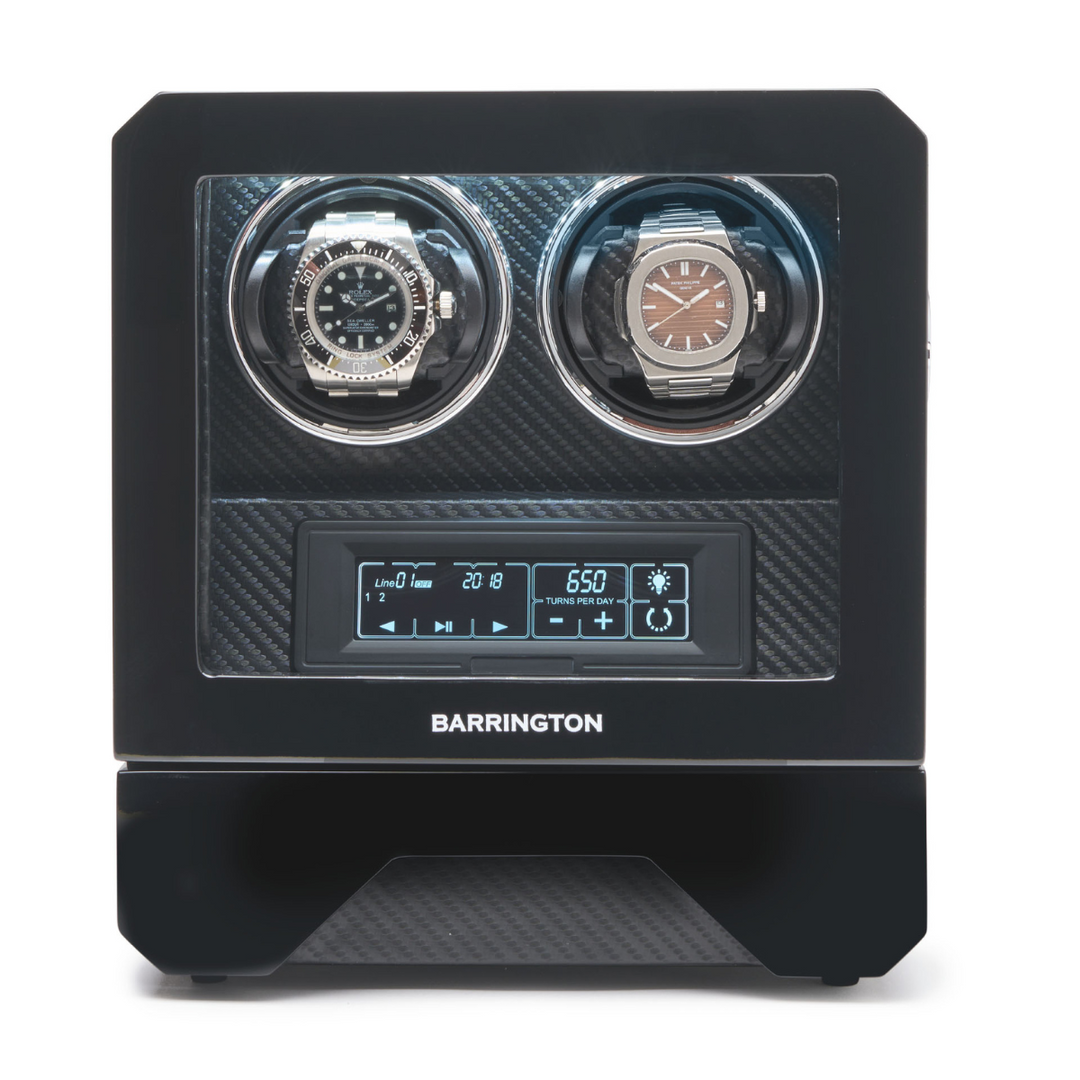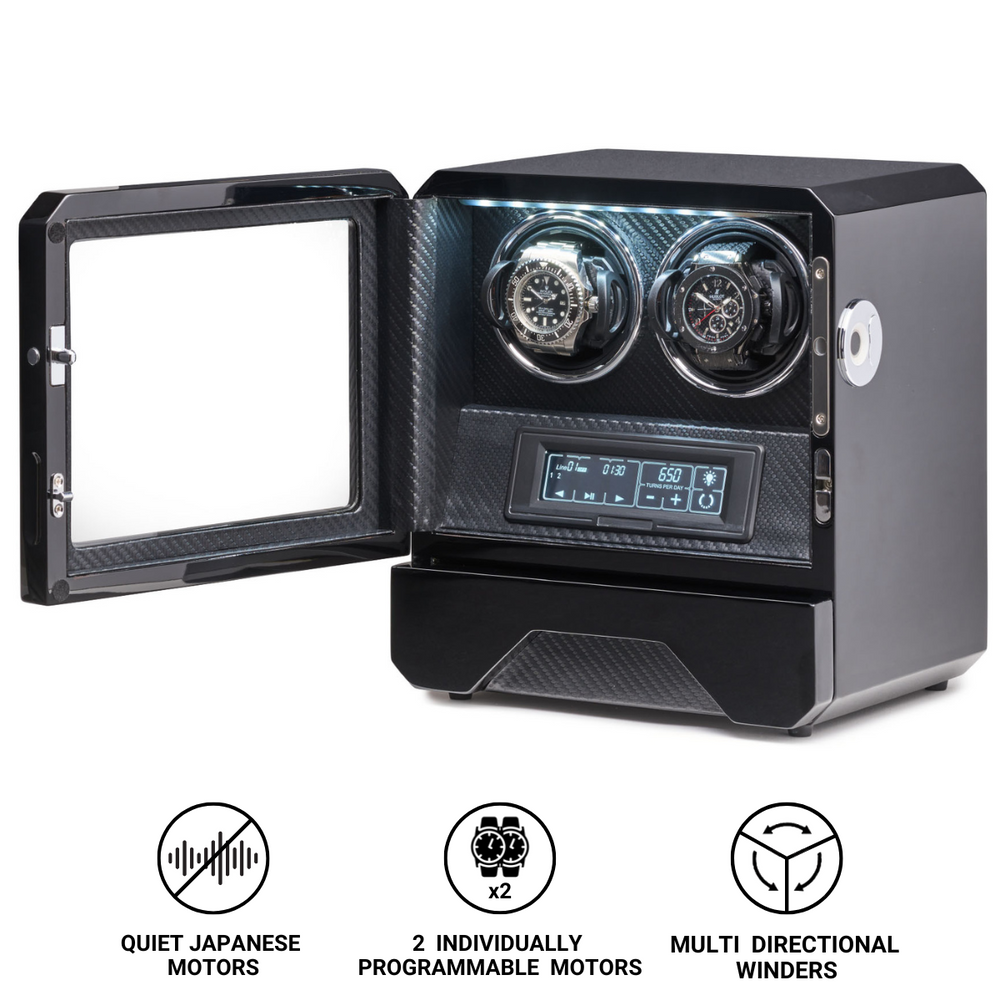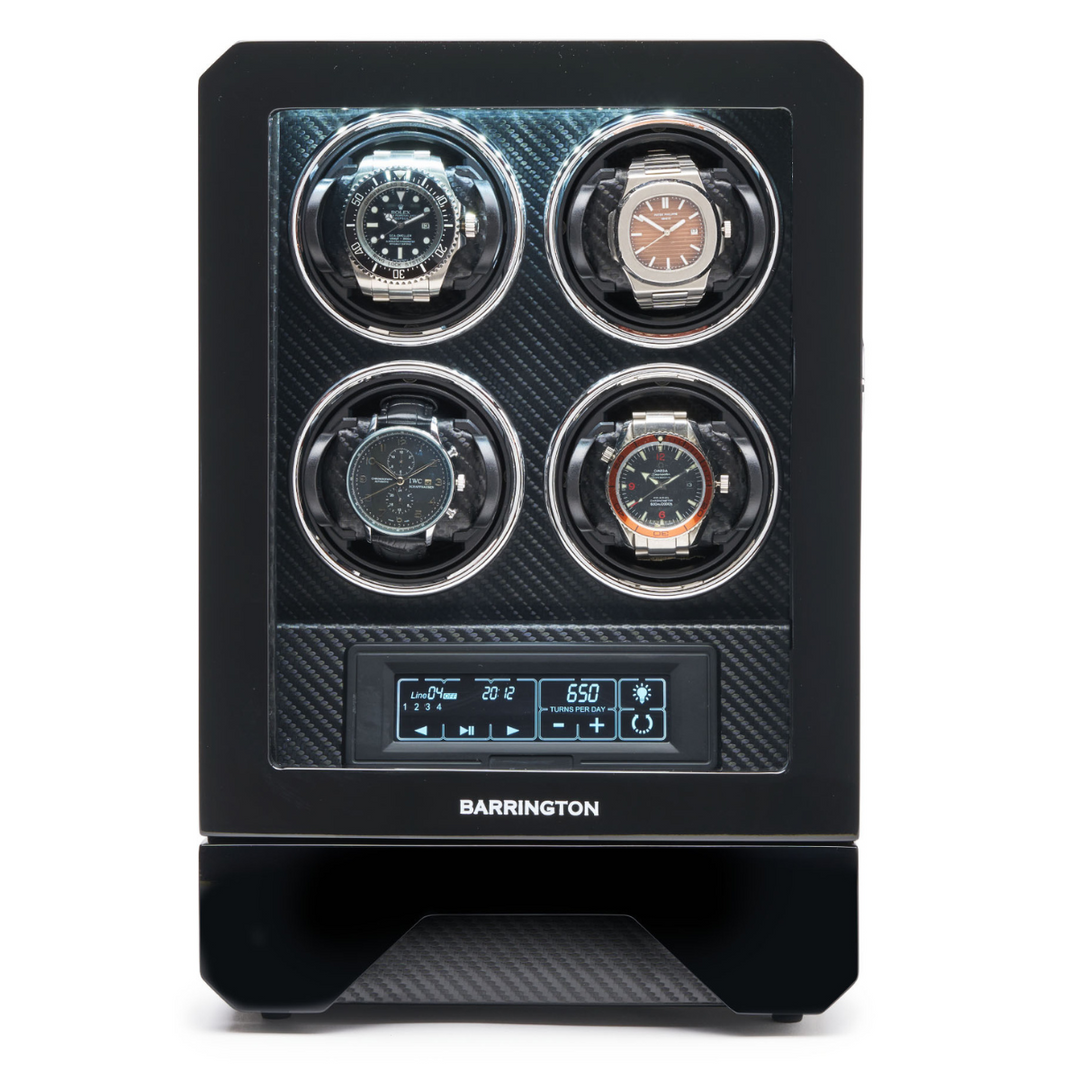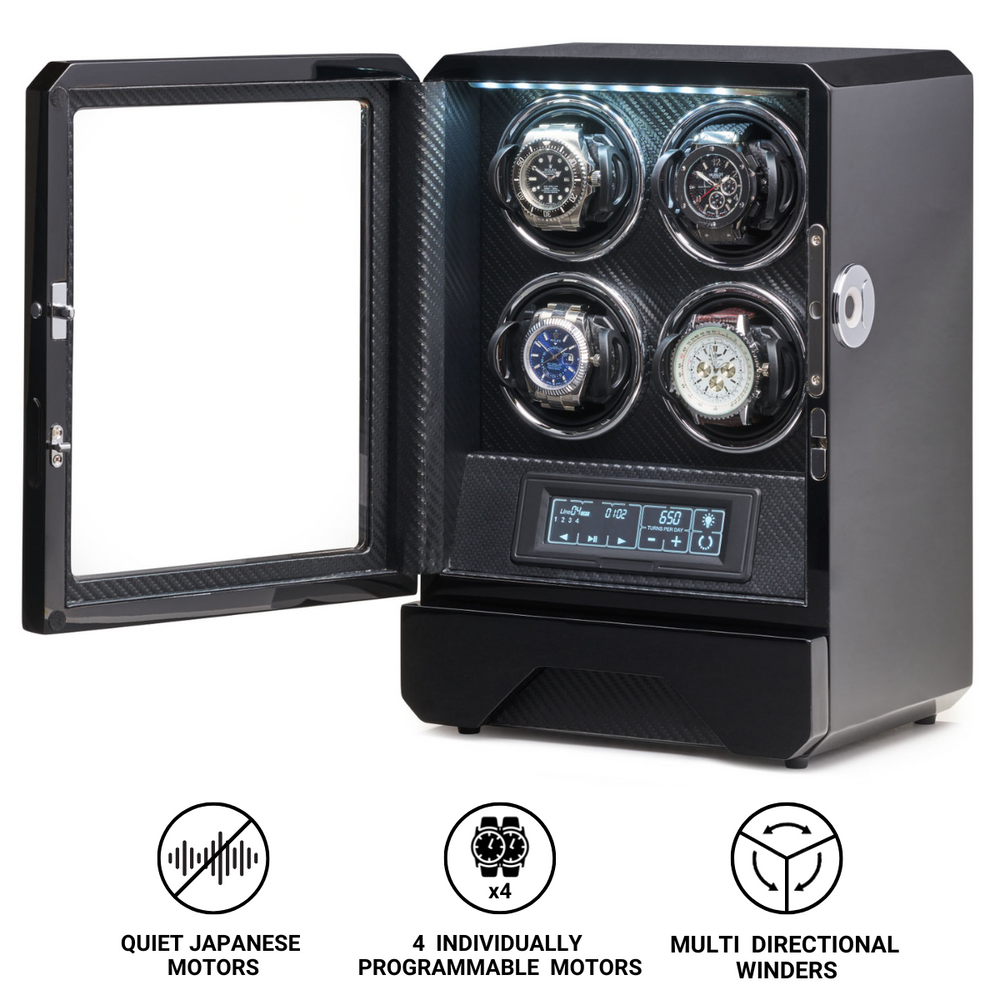What No One Tells You About Daily-Wearing an Automatic
It’s Not as Effortless as You’d Think
Automatic watches are often praised for their simplicity and elegance. Wind it once, wear it regularly, and it keeps ticking, that’s the idea. But wear one every day for weeks or months and you start to notice the little things no one warned you about.
For starters, accuracy can vary more than people expect. Most decent automatics stay within 10 to 20 seconds a day, but over a week that adds up. One morning your watch might be five minutes fast; another day, slightly behind. You adjust, of course, but it reminds you that this is not a battery-powered device, it’s a mechanical system reacting to how and where you wear it.
Then there’s the issue of magnetism. Mobile phones, laptop speakers, even certain handbag clasps can subtly affect a watch’s movement. You might not notice straight away, but if your automatic starts running unusually fast or slow, a nearby magnet could be to blame. De-magnetising tools are cheap and effective, but most people only learn about them once the problem shows up.
Daily wear also exposes the case, crown and crystal to much more than the occasional knock. Whether it’s typing at a desk, lifting shopping bags or brushing past door handles, small impacts and scrapes add up. Sapphire crystal helps, but the rest of the casework can show wear faster than expected, especially polished surfaces. It’s not the end of the world, but it’s the price of keeping your watch on wrist instead of in a box.
You Build a Relationship With It
Despite these quirks, daily-wearing an automatic builds a quiet attachment that is hard to explain. You start noticing how long it runs off-wrist. You begin to feel the rotor spin slightly when you move your arm. You might even catch yourself adjusting the time not because it’s needed, but because it’s part of the routine.
Unlike a smartwatch or a quartz piece, automatics demand a bit of attention. If you forget to wear it for a day or two, it stops. That moment when you pick it up and see a frozen seconds hand reminds you: this watch runs because of you. That’s not just romantic talk, it is mechanical fact; your energy keeps it alive.
You also become more aware of moisture and temperature. Even though many automatics are water-resistant, most people avoid submerging them unnecessarily. A bit of sweat on a hot day is fine, but a dip in the sea or even a misty shower can raise questions. You find yourself wiping it more often, checking the crown is screwed down, avoiding extreme cold that might affect the lubricants.
None of this is frustrating once you accept it, but it is rarely explained up front. Daily-wearing an automatic is not about perfection. It’s about rhythm, habit, and living with an object that’s trying to keep up with you, in its own analogue way.
So what no one tells you is this: the more you wear an automatic, the more human it feels. It has moods. It responds to use. It requires care. But in return, it offers something rare, time measured not in data, but in movement. And that might be exactly what makes it worth wearing every day.














